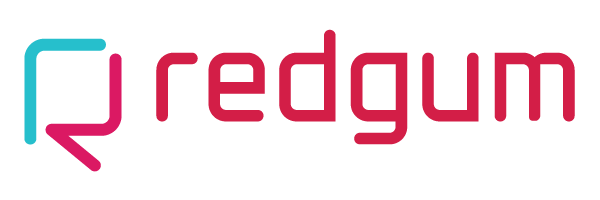Mapping Interactions for Seamless Information Flow
Looking at how to build a high performing SaaS Asset based on your know-how.
Firstly we looked at how you understand your first level value, then we got an understanding of the True Value you’ve built.
Now, when documenting your know-how, it is crucial to map out the roles involved and the interactions among those roles.
By doing so, you gain a better understanding of how information flows between staff members and customers, ensuring a seamless exchange of knowledge and resources throughout the process.
Consider the following steps to effectively map roles and interactions:
Identify Relevant Roles: Start by identifying all the key roles involved in delivering your solution. This may include customer-facing roles, support staff, technical experts, or any other individuals critical to the process. List out each role and their responsibilities, ensuring comprehensive coverage.
You may need several versions, one with the roles in place like this, then another one showing the interaction between them.
Visualize Interactions: Once you have identified the roles, map out the interactions among them. Visualize how information, tasks, and responsibilities are passed along the chain. Consider the dependencies and handoffs between roles, ensuring that crucial information or requirements are captured at each step.
Show the overall process with the key People and Things involved in your idea, then add the steps people need to take to action or produce the things. Focus on Deliverables needed by the next role.
Identify Bottlenecks and Gaps: As you map the interactions, pay close attention to potential bottlenecks or gaps in the information flow. Are there any areas where communication might break down or where information may be lost? Identify these points and devise strategies to address them, ensuring a smooth and efficient process.
Showing the process flow of your core value, then leads
Continuous Improvement: Use the role and interaction mapping as a foundation for continuous improvement. Regularly review and refine the mapping, incorporating feedback from staff and customers. By continuously assessing and optimizing the flow of information, you can enhance collaboration, efficiency, and overall customer satisfaction.
Mapping roles and interactions provides valuable insights into how information moves within your organization and between staff and customers. It enables you to identify potential challenges, improve coordination, and ensure that vital information is captured and shared appropriately.
Remember, by mapping out the roles and interactions, you gain a comprehensive understanding of the flow of information and resources. This understanding helps create a more streamlined and efficient process, minimizing bottlenecks and ensuring that all stakeholders have the necessary information to perform their roles effectively.
As you document your know-how, consider the roles and their interactions as a vital component. By capturing these dynamics, you enhance communication, coordination, and collaboration within your organization, ultimately leading to successful implementation and customer satisfaction.



